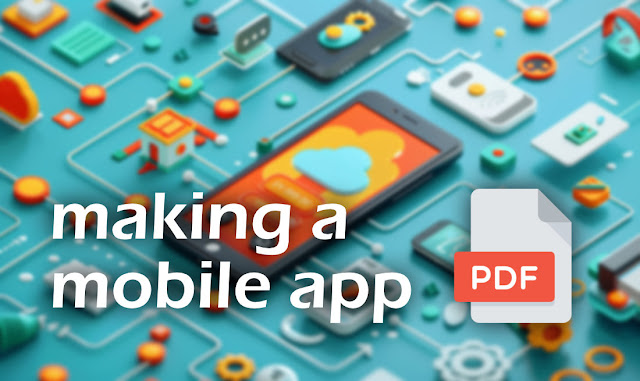Xamarin.Forms device unique ID...
As in a lot of applications, you will probably need to get a unique identifier to identify a unique user.
And it becomes a little more complicated when you have to deal with different platforms like Android, iOS and Windows Phone...
Here is a simple solution that you can implement in Xamarin Forms that I found on this blog:
http://codeworks.it/blog/?p=260
First define a service that you will use in your Xamarin Forms Application:
And here are the implementations for Android / Windows Phone and the most complicated, iOS platform:
Original post:
http://codeworks.it/blog/?p=260
And it becomes a little more complicated when you have to deal with different platforms like Android, iOS and Windows Phone...
Here is a simple solution that you can implement in Xamarin Forms that I found on this blog:
http://codeworks.it/blog/?p=260
First define a service that you will use in your Xamarin Forms Application:
// Your service interface definition
public interface IDevice
{
string GetIdentifier();
}
// How you get your service in your app
IDevice device = DependencyService.Get();
string deviceIdentifier = device.GetIdentifier();
And here are the implementations for Android / Windows Phone and the most complicated, iOS platform:
// WINDOWS PHONE
[assembly: Xamarin.Forms.Dependency(typeof(WinPhoneDevice))]
namespace XFUniqueIdentifier.WinPhone
{
public class WinPhoneDevice : IDevice
{
public string GetIdentifier()
{
byte[] myDeviceId = (byte[])Microsoft.Phone.Info.DeviceExtendedProperties.GetValue("DeviceUniqueId");
return Convert.ToBase64String(myDeviceId);
}
}
}
// ANDROID
[assembly: Xamarin.Forms.Dependency(typeof(AndroidDevice))]
namespace XFUniqueIdentifier.Droid
{
public class AndroidDevice : IDevice
{
public string GetIdentifier()
{
return Settings.Secure.GetString(Forms.Context.ContentResolver, Settings.Secure.AndroidId);
}
}
}
// iOS
//
[assembly: Xamarin.Forms.Dependency(typeof(IOSDevice))]
namespace XFUniqueIdentifier.iOS
{
using System.IO;
using System.Runtime.InteropServices;
public class IOSDevice : IDevice
{
[DllImport("/System/Library/Frameworks/IOKit.framework/IOKit")]
private static extern uint IOServiceGetMatchingService(uint masterPort, IntPtr matching);
[DllImport("/System/Library/Frameworks/IOKit.framework/IOKit")]
private static extern IntPtr IOServiceMatching(string s);
[DllImport("/System/Library/Frameworks/IOKit.framework/IOKit")]
private static extern IntPtr IORegistryEntryCreateCFProperty(uint entry, IntPtr key, IntPtr allocator, uint options);
[DllImport("/System/Library/Frameworks/IOKit.framework/IOKit")]
private static extern int IOObjectRelease(uint o);
public string GetIdentifier()
{
string serial = string.Empty;
uint platformExpert = IOServiceGetMatchingService(0, IOServiceMatching("IOPlatformExpertDevice"));
if (platformExpert != 0)
{
NSString key = (NSString) "IOPlatformSerialNumber";
IntPtr serialNumber = IORegistryEntryCreateCFProperty(platformExpert, key.Handle, IntPtr.Zero, 0);
if (serialNumber != IntPtr.Zero)
{
serial = NSString.FromHandle(serialNumber);
}
IOObjectRelease(platformExpert);
}
return serial;
}
}
Original post:
http://codeworks.it/blog/?p=260



Comments
Post a Comment